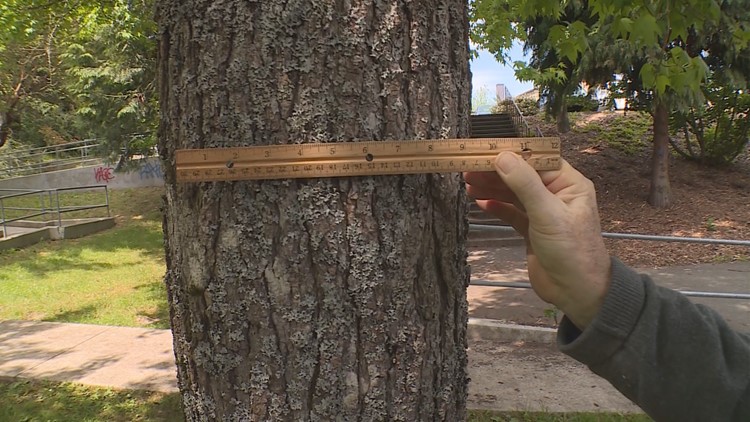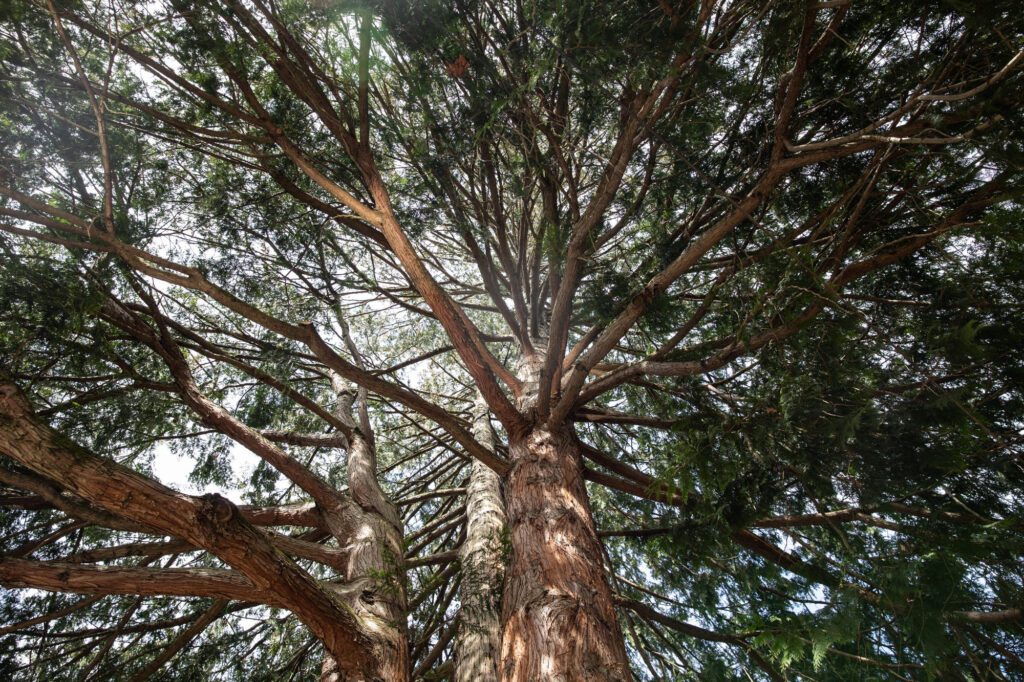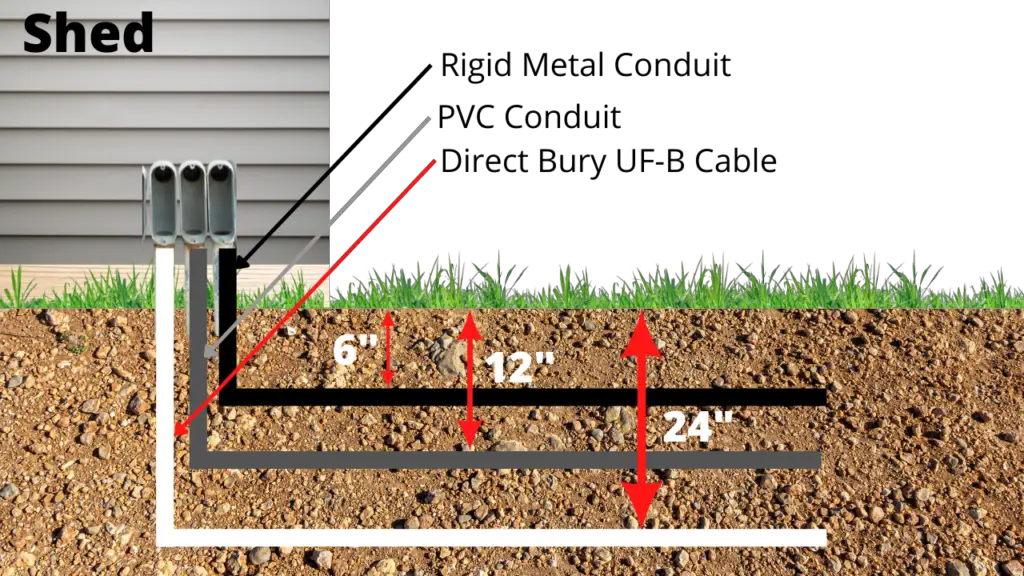If you live in King County and are considering removing a tree from your property, you may be wondering whether you need a permit to do so. Tree removal permits can vary depending on where you live, so it’s important to understand the regulations specific to King County. In this article, we will explore the requirements for obtaining a permit to remove a tree in King County, ensuring that you have all the necessary information before taking any action.


Overview
A tree permit in King County refers to a legal authorization required for the removal of trees in specific situations. This permit is crucial in maintaining the balance between preserving the natural environment and accommodating the needs of property owners. Understanding the definition and importance of tree permits is essential for anyone considering tree removal in King County.
Definition of a tree permit
A tree permit, also known as a tree removal permit, is a document issued by the local government that grants permission to remove one or more trees from a property. It is a legal requirement that aims to regulate the removal of trees and protect the environment. Whether you intend to remove a tree due to safety concerns, property development, or aesthetics, obtaining a tree permit is crucial to ensure compliance with the regulations set forth by the authorities.
Importance of tree permits
Tree permits play a vital role in the preservation and conservation of the natural environment in King County. They ensure that the removal of trees is carried out in a responsible and regulated manner, preventing the unnecessary loss of valuable vegetation. By obtaining a tree permit, you are contributing to the overall well-being and sustainability of the local ecosystem. Additionally, tree permits help in maintaining the aesthetic appeal and property value of the community by ensuring that tree removal activities are conducted with proper consideration and expertise.
Regulations and Requirements
Before proceeding with tree removal in King County, it is essential to be aware of the regulations and requirements set by the local authorities. These regulations help protect the environment, prevent the destruction of historical or critical areas, and ensure the safety and well-being of the community.
Tree removal regulations in King County
King County has specific regulations in place to govern tree removal activities. These regulations outline the conditions under which a tree removal permit is required and provide guidelines for carrying out removals without causing significant harm to the environment. Familiarize yourself with these regulations to avoid non-compliance and legal consequences.
Tree diameter restrictions
King County imposes restrictions on tree removal based on diameter. In certain cases, a tree removal permit may be required if the diameter of the tree exceeds a specified threshold. This restriction aims to protect large, mature trees that contribute significantly to the local ecosystem and provide numerous environmental benefits.
Protected tree species
King County recognizes the importance of preserving certain tree species due to their ecological significance or rarity. These protected tree species are subject to additional regulations and may require a specialized permit for removal. Before removing any trees, it is important to determine if they fall under the protected tree species category and comply with the associated regulations.
Neighborhood protection
In order to maintain the aesthetic appeal and overall harmony of neighborhoods, King County has regulations in place to protect trees within residential areas. Before removing any trees on your property, ensure that you are not infringing on these neighborhood protection regulations, as they may require additional permits or approvals.
Impacts on historical or critical areas
Certain areas in King County may be designated as historical or critical areas, and tree removal in these locations may be subject to further scrutiny and regulations. These areas are often identified for their cultural significance, ecological value, or vulnerability to environmental impact. Before removing trees in such areas, additional permits or environmental reviews may be necessary to ensure the preservation of these sensitive sites.
Considering the proximity to utility lines
The proximity of trees to utility lines is an important factor to consider before removing them. Trees that pose a risk to power lines may require specialized handling and coordination with utility companies. It is crucial to assess the proximity of trees to utility lines and comply with any regulations or procedures set by the local authorities or utility providers.
Drainage requirements
The removal of trees can have potential impacts on drainage systems and the overall water flow on your property. King County imposes certain drainage requirements to prevent flooding or water damage caused by tree removal. Understanding and complying with these drainage regulations is essential to maintain the stability and functionality of your property’s drainage infrastructure.
Special considerations for waterfront properties
If you own waterfront property in King County, additional regulations may apply to the removal of trees. These regulations aim to protect the delicate balance of ecosystems found in waterfront areas and ensure the preservation of natural landscapes. Before removing any trees on waterfront properties, consult the specific guidelines set out by the local authorities to ensure compliance.


Permit Application Process
Obtaining a tree removal permit in King County involves a series of steps. Familiarizing yourself with the application process is essential to ensure a smooth and successful application.
Determining if a permit is required
The first step in the permit application process is determining whether a permit is required for your specific tree removal activity. Familiarize yourself with the regulations discussed earlier, such as diameter restrictions, protected tree species, and neighborhood protection rules. If your tree removal falls under any of these categories, a permit will likely be required. However, it is always best to confirm with the local authorities to ensure accuracy and compliance.
Obtaining the necessary documents
Once you have determined that a permit is required, gather all the necessary documents and information required for the application process. These documents may include property ownership records, tree location and dimensions, a site plan, and any other requested information as specified by the permitting office. Accuracy and completeness are crucial to prevent any delays or complications during the review process.
Applying for a tree removal permit
To apply for a tree removal permit, submit the completed application form and all supporting documents to the appropriate permitting office in King County. The application form will typically require information regarding the property, the trees to be removed, and the reasons for removal. Pay any applicable fees at the time of application submission to ensure timely processing.
Review and approval process
Upon submission, your tree removal permit application will undergo a review process by the permitting office. During this time, the authorities will assess the proposed tree removal activity, considering factors such as environmental impact, compliance with regulations, and potential community concerns. The duration of the review process varies, but it is advisable to be patient and allow sufficient time for the authorities to conduct a thorough evaluation.
Permit fees and duration
Tree removal permits in King County often require the payment of fees, which are typically based on the scope and nature of the tree removal. These fees contribute to the costs associated with the review process and environmental monitoring. The duration of a tree removal permit can also vary, depending on factors such as the number of trees to be removed and any additional conditions specified by the permitting office. It is important to familiarize yourself with the applicable fees and permit duration to ensure compliance.
Exemptions and Exceptions
While tree removal permits are generally required for most tree removal activities, there are certain exemptions and exceptions that may apply in specific circumstances.
Exempted tree removal activities
Certain tree removal activities may be exempted from the permit requirement. These exemptions typically apply to trees of a certain size or condition, tree maintenance activities, or trees posing an imminent threat to life or property. It is important to familiarize yourself with the specific criteria for these exemptions to ensure compliance with the regulations.
Emergency tree removal
In emergencies where a tree poses an immediate threat to life or property, prompt action may be necessary to ensure safety. In such cases, tree removal may be carried out without obtaining a permit in order to prevent harm or damage. However, it is crucial to document the emergency situation and inform the appropriate authorities as soon as possible.
Exception for hazardous trees
Hazardous trees that pose an imminent risk of falling or causing significant harm may be subject to different regulations and exceptions. King County may have specific provisions for the removal of hazardous trees, allowing for a streamlined process to ensure public safety. However, it is still advisable to consult the local authorities and follow any reporting or notification procedures to ensure compliance.


Penalties for Non-compliance
Non-compliance with tree removal regulations in King County can have legal consequences and potential penalties. It is crucial to understand the implications of removing trees without the necessary permit and take the appropriate action to ensure compliance.
Legal consequences of tree removal without a permit
Removing trees without a permit is a violation of the regulations in place to protect the environment and maintain the integrity of the community. If you remove trees without the necessary permit, you may face legal consequences, including fines, sanctions, or legal action. These penalties are imposed to deter unauthorized tree removals and promote responsible environmental stewardship.
Fines and penalties
The fines and penalties for tree removal without a permit can vary depending on the nature and extent of the violation. They are typically determined based on factors such as the number of trees removed, the ecological significance of the trees, and the impact on the surrounding environment. Fines can range from a few hundred dollars to several thousand dollars per tree, making it financially prudent to comply with the regulations and obtain the necessary permits.
Mitigation requirements
In addition to fines and penalties, non-compliant tree removal may also require mitigation measures. These measures can include replanting trees of equivalent size and species, providing compensation for the ecological loss, or contributing to local environmental restoration efforts. Mitigation requirements are designed to offset the environmental impact caused by unauthorized tree removals and restore ecological balance.
Hiring a Professional Arborist
When it comes to tree removal, it is often advisable to hire a professional arborist who has the necessary expertise and experience. A certified arborist can ensure that the tree removal process is carried out safely, efficiently, and in compliance with all relevant regulations.
Benefits of hiring an arborist
Hiring a professional arborist provides numerous benefits. Arborists have in-depth knowledge of tree biology, maintenance, and removal techniques, allowing them to assess the health and structural integrity of trees with expertise. They can also provide valuable advice on alternative solutions to tree removal, such as trimming or pruning, when appropriate. Additionally, arborists are well-versed in the local regulations and permit requirements, ensuring compliance throughout the tree removal process.
Arborist qualifications and certifications
Before hiring an arborist in King County, it is important to ensure that they possess the necessary qualifications and certifications. Look for arborists who are certified by recognized organizations such as the International Society of Arboriculture (ISA) or the Tree Care Industry Association (TCIA). These certifications indicate that the arborist has met specific standards of knowledge, experience, and ethical conduct, ensuring that you are hiring a reputable and qualified professional.
Finding a certified arborist in King County
To find a certified arborist in King County, consider utilizing the resources provided by the local authorities and reputable arborist associations. The King County Department of Natural Resources and Parks may have a list of certified arborists available for reference. Additionally, organizations such as the ISA and TCIA maintain directories of certified arborists, allowing you to find professionals who meet the necessary qualifications.


Resources and Support
Navigating the tree removal permit process in King County can be facilitated by utilizing the resources and support available. These resources provide valuable guidance and assistance in obtaining the necessary permits and ensuring compliance with the regulations.
King County Department of Natural Resources and Parks
The King County Department of Natural Resources and Parks is a valuable resource for guidance on tree removal permits and related environmental regulations. Their website provides information on the specific requirements, processes, and contact information for further assistance. Utilize this resource to access up-to-date information and guidance throughout the tree removal permit application process.
Online resources for tree removal permits
Several online resources are available to guide you through the tree removal permit process in King County. These resources provide detailed information on permit requirements, application procedures, and frequently asked questions. They may also offer downloadable forms and checklists to facilitate the application process. Take advantage of these online resources to ensure a smooth and successful permit application.
Contact information for assistance
If you require further assistance or have specific inquiries regarding tree removal permits in King County, reaching out to the relevant authorities is highly recommended. The contact information for the permitting office or the King County Department of Natural Resources and Parks can be found on their respective websites. Do not hesitate to contact them for clarification, guidance, or any questions you may have throughout the tree removal permit application process.
Frequently Asked Questions
To further clarify common concerns and inquiries regarding tree removal permits in King County, here are some frequently asked questions and their respective answers:
What types of trees require a permit?
The types of trees that require a permit for removal can vary based on factors such as tree diameter, protected tree species, and specific regulations for neighborhood or critical areas. It is crucial to consult the local regulations and determine if your trees fall under any of these categories to ensure compliance.
How long does the permit application process take?
The duration of the permit application process can vary depending on factors such as the complexity of the tree removal, the availability of the permitting office, and the review workload. While it is challenging to provide an exact timeline, it is advisable to allow ample time and be patient during the review process.
Can I remove a tree if it is not on my property?
Removing a tree that is not on your property without the necessary permission or authority is generally not allowed. Tree removal regulations in King County typically apply to the property owner, and unauthorized removal of trees on adjacent properties can result in legal consequences. It is best to consult with the relevant property owner and the local authorities before undertaking any tree removal activities.
What are the penalties for removing a tree without a permit?
The penalties for removing a tree without a permit in King County can include fines, mitigation requirements, and potential legal action. The specific penalties can vary depending on factors such as the number of trees removed, the ecological significance of the trees, and the overall impact on the environment. It is best to comply with the regulations, obtain the necessary permits, and avoid any legal consequences.


Conclusion
Obtaining a tree removal permit in King County is crucial to ensure the preservation and protection of the local environment. By understanding the definition and importance of tree permits, complying with the regulations and requirements, and seeking professional help when needed, you can contribute to the sustainable management of the natural resources in King County. Remember, obtaining a tree removal permit not only demonstrates responsible stewardship but also helps maintain the beauty and integrity of your community.







